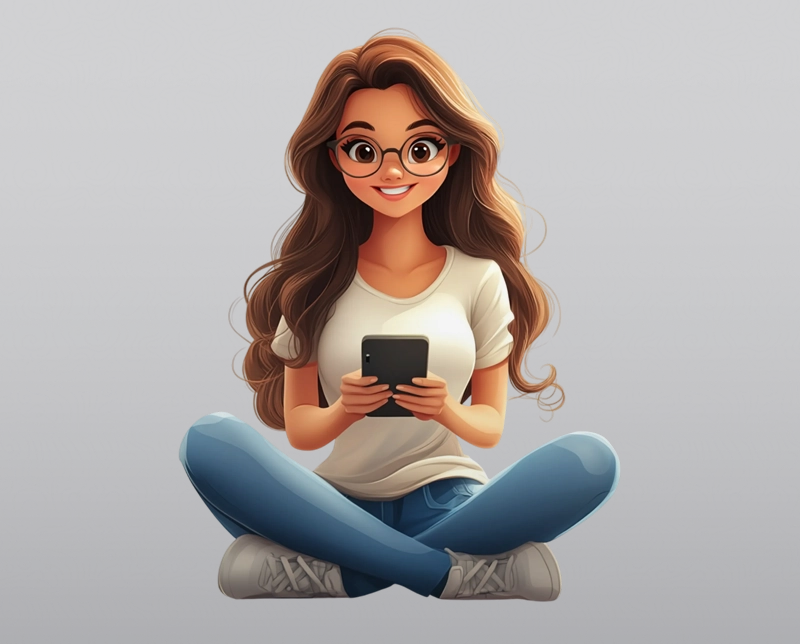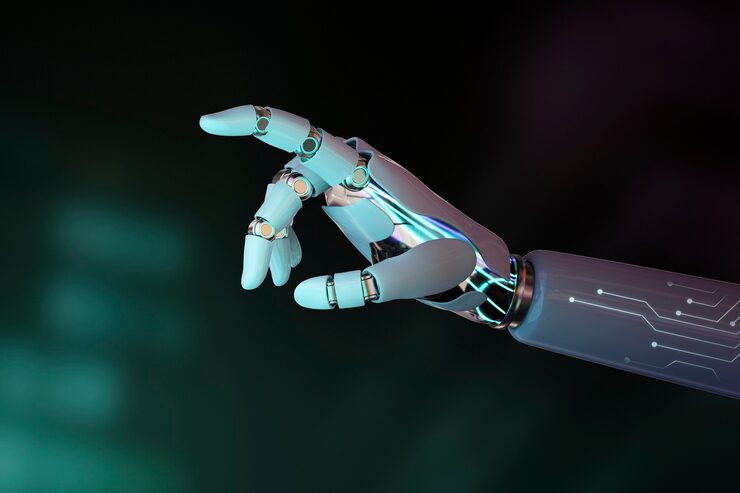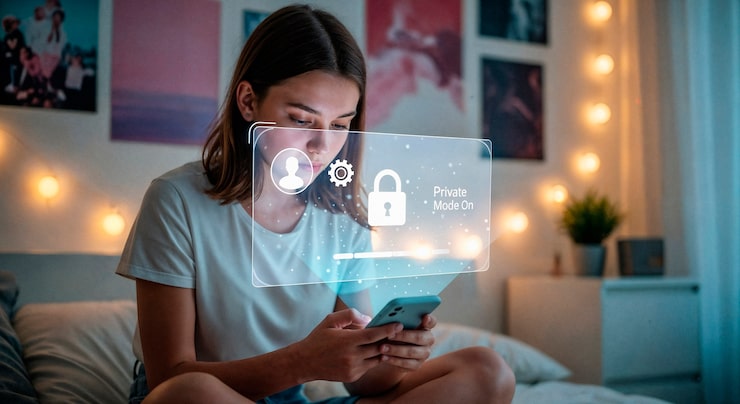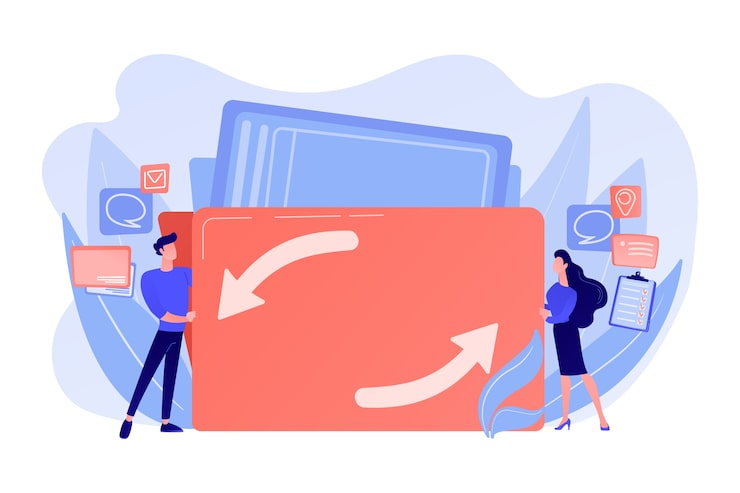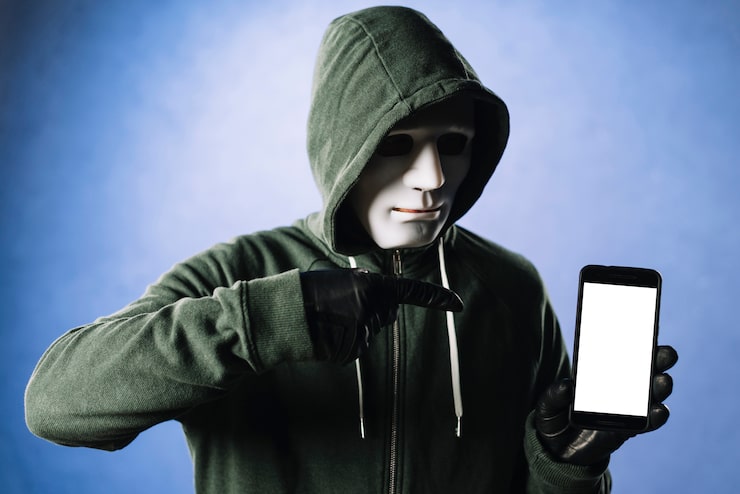In the digital world of 2025, short‑form content has become the center of social media culture. Platforms like TikTok, Instagram Reels, YouTube Shorts, and Snapchat Spotlight continue to shape how people create, share, and consume videos. But while short videos have been popular for years, a new revolution has completely transformed the industry: AI‑powered short videos.
This technology is reshaping creativity, making content creation more accessible, faster, and more dynamic than ever before.
In this guide, we will explore how AI‑powered videos work, why they are trending, how creators can use them responsibly, and why they represent the new era of social media creativity.
1. What Are AI‑Powered Short Videos?
AI‑powered short videos are videos that are created, enhanced, or optimized using artificial intelligence tools. These tools can:
-
Generate clips automatically
-
Edit videos with no manual effort
-
Add voiceovers, captions, and effects
-
Recommend trends and ideas
-
Improve video quality instantly
-
Help creators write scripts
-
Analyze audience behavior
-
Personalize content for more engagement
Instead of spending hours editing, creators can now produce high‑quality videos in minutes—sometimes even seconds.
2. Why AI is Transforming Short‑Form Content
AI is not just a trend—it is becoming the foundation of the future creator economy. Here’s why:
✔ Faster Creation
AI editing apps can automatically cut footage, sync music, add captions, and create transitions. Even beginners can produce professional‑looking videos.
✔ More Creativity With Less Effort
AI can suggest ideas, apply unique visual styles, or create animations from scratch. This allows creators to stay consistent without burnout.
✔ Better Audience Understanding
AI analytics tools show:
-
What content your audience likes
-
When they are active
-
Which themes perform best
-
How to increase reach
This makes content strategy easier and more accurate.
✔ Accessibility for Everyone
You don’t need expensive equipment or editing experience. AI gives everyone the power to create.
3. Popular AI Tools for Short‑Form Video Creation
While you don’t need paid or restricted services, here are common types of tools creators use:
-
AI Video Generators (turn text into short videos)
-
AI Editors (automatic trimming, transitions, and captions)
-
AI Voiceover Tools (create natural voices)
-
AI Scriptwriters (generate engaging short‑form scripts)
-
AI Trend Analyzers (predict trending sounds or topics)
These tools are especially helpful for school projects, creative hobbies, or building a portfolio.
4. How AI Helps Creators Stay Consistent
Consistency is the main factor behind growth on all social platforms. AI supports creators by:
➤ Suggesting daily content ideas
If you’re stuck, AI can recommend topics based on your niche.
➤ Generating scripts instantly
Instead of spending time writing, creators get video prompts or dialogue ready to use.
➤ Editing in a single click
Automatic editing reduces production time from hours to minutes.
➤ Captioning videos automatically
Captions increase watch time and accessibility.
➤ Enhancing video quality
AI can upscale resolution, fix lighting, and improve audio.
This makes it easier to post consistently while maintaining high quality.
5. AI‑Driven Trends in 2025
AI is influencing the type of content that goes viral. Here are the biggest trends:
✨ AI‑Generated Characters
Creators can build digital personas that appear in multiple videos, creating a brand identity.
✨ AI‑Narrated Mini Documentaries
Educational content combined with AI narration and images is taking over Reels and Shorts.
✨ Hyper‑Personalized Content
AI tailors videos to specific audiences—improving relevance and engagement.
✨ AI‑Assisted Storytelling
Short stories, facts, and visual explainers are becoming more immersive thanks to AI visuals and editing.
6. Benefits of AI‑Powered Short Videos
AI tools offer major advantages to creators, brands, and audiences:
✔ Saves Time and Energy
No need for complicated editing software.
✔ Boosts Creativity
AI gives new ideas, styles, and formats.
✔ Helps Maintain High Quality
Videos look professional even with minimal resources.
✔ Increases Engagement
AI tools optimize pacing, sound, and visuals for better watch time.
✔ Great for Students and Young Creators
AI makes it easier to start creative projects or build a digital portfolio.
7. How to Use AI‑Powered Videos Safely
Using AI creatively is great, but it's important to stay safe and responsible:
✔ Don’t share personal information
Never include sensitive details in any video.
✔ Avoid impersonating others
AI voices or faces should not be used to pretend to be real people.
✔ Follow platform rules
TikTok, Instagram, and YouTube have guidelines for AI‑generated content.
✔ Be transparent
If the video is AI‑generated, it’s good practice to mention it.
8. Tips for Making Viral AI‑Powered Short Videos
If you want your videos to perform well, follow these principles:
1. Start with a strong hook
The first 2 seconds decide whether viewers stay.
2. Keep it fast‑paced
Short videos need quick transitions and dynamic visuals.
3. Use AI for scriptwriting
Clear structure = better audience retention.
4. Add captions
Most viewers watch on mute.
5. Stay on top of trends
Use AI trend‑tracking tools to predict popular topics.
6. Post consistently
AI automation helps you stay active without burning out.
9. The Future of AI‑Powered Short Videos
The rise of AI will continue shaping social media. In the near future, we may see:
-
Entire videos created from a single sentence
-
AI tools that generate full series or characters
-
Real‑time AI content during live streams
-
AI helping creators build personal brands
-
Ultra‑customized content tailored to each viewer
AI won’t replace creativity—it will amplify it.
Conclusion
AI‑powered short videos represent the next era of digital creativity, giving everyone—from beginners to experienced creators—the tools to produce high‑quality content quickly and effortlessly. With smart editing, trend insights, automated scripts, and personalized recommendations, AI has become a creative partner that unlocks new opportunities across every platform.
As long as creators use AI responsibly and safely, the future of short‑form content is brighter, more dynamic, and more accessible than ever.
